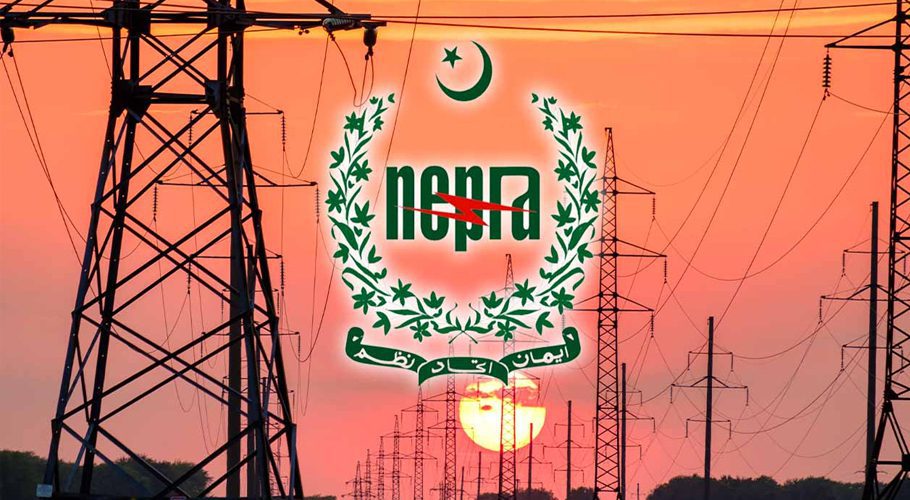Pakistan’s state-owned enterprises (SOEs) are the worst in South Asia, with total losses growing faster than assets. As a result, a major annual drain on already-scarce public resources occurs, and the sovereign is placed at a significant danger, World Bank has said in its latest report.
According to the World Bank, who recommended a comprehensive reform program to halt the trend, they collectively consume more than Rs458bn in public funds each year to stay afloat as their combined loans and guarantees increased to almost 10% of GDP (Rs5.4tr) in FY21 from 3.1pc of GDP or Rs1.05tr in 2016.
The World Bank stated that these firms “impose a significant fiscal drain and pose a substantial financial risk on the federal government” and that they have been losing money since FY16, with losses averaging 0.5 percent of GDP annually from FY16 to FY20. The Public Expenditure Review 2023 stated that “Pakistan’s federal SOEs have been found to be the least profitable in the South Asia region,” adding that the cumulative losses had become significant and reached 3.1 percent of GDP in FY20 as a result of the ongoing losses.
To cover the losses, the federal government has been providing direct fiscal support to the SOEs, in the form of subsidies, loans and equity injections, which totaled 1.4pc of GDP in FY21.
The overall fiscal exposure to domestic and foreign loans and guarantees had been rising quickly, according to the report, with annual increase averaging 42.9 percent during the period FY2016–2021. But because of potential exposure brought on by promises, a thorough risk evaluation was necessary. The K-3 and K-4 nuclear power plants were the subject of 32% of the remaining guarantees provided through the Pakistan Atomic Energy Commission (PAEC) in FY 2021. According to the data that is currently available, guarantees made up the majority of fiscal exposure in FY21 (44.4 percent of the total exposure), followed by cash development loans (36 percent) and foreign loans (19.6 percent).

































